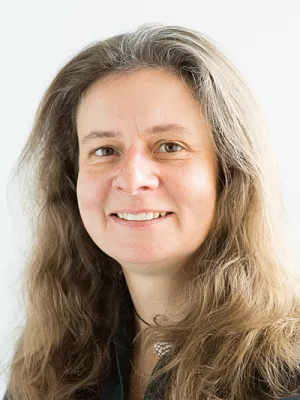
Juliana Dänhardt
Forskningskoordinator

Sown flower strips in southern Sweden increase abundances of wild bees and hoverflies in the wider landscape
Författare
Summary, in English
Pollinator populations have suffered severe declines in many industrialised countries due to reduced floral and nesting resources, brought on by agricultural intensification. One potential method of mitigating these effects is creating flower strips. Most previous studies have shown higher pollinator abundances in flower strips, but none have been able to demonstrate increased pollinator abundances at larger spatial scales, in the surrounding agricultural landscapes. We assessed local and landscape-wide effects of flower strips on pollinator abundances, using 18 carefully selected study landscapes in southern Sweden, distributed along independent gradients of landscape heterogeneity and farming intensity. We found that flower strips were more attractive than field borders in general to bumblebees, whereas hoverflies were only attracted to flower strips from nearby field borders. Solitary bees declined with increasing distance from flower strips, but only in complex landscapes. As one of the first studies investigating effects of flower strips on pollinators across the wider landscape, we found increased abundance of bumblebees, but not solitary bees, in field borders outside the flower strips in floristically enhanced landscapes as compared with control landscapes. However, we found that higher quality and/or larger total area of flower strips within a farm was important for both bumblebees and solitary bees. Hoverfly abundance was enhanced on farms with flower strips in simple landscapes. Our results demonstrate that flower strips with rewarding plants do not only attract pollinators locally, but in addition have the potential to increase pollinator abundances across entire landscapes, and particularly in landscapes dominated by farmland. (C) 2015 Elsevier Ltd. All rights reserved.
Avdelning/ar
- Biodiversitet
- Centrum för miljö- och klimatvetenskap (CEC)
- BECC: Biodiversity and Ecosystem services in a Changing Climate
- Biodiversitet och bevarandevetenskap
Publiceringsår
2015
Språk
Engelska
Sidor
51-58
Publikation/Tidskrift/Serie
Biological Conservation
Volym
184
Dokumenttyp
Artikel i tidskrift
Förlag
Elsevier
Ämne
- Earth and Related Environmental Sciences
- Ecology
Nyckelord
- Agro-ecosystem
- Attraction effect
- Distance decay
- Habitat quality
- Landscape heterogeneity
Status
Published
Forskningsgrupp
- Biodiversity and Conservation Science
ISBN/ISSN/Övrigt
- ISSN: 1873-2917